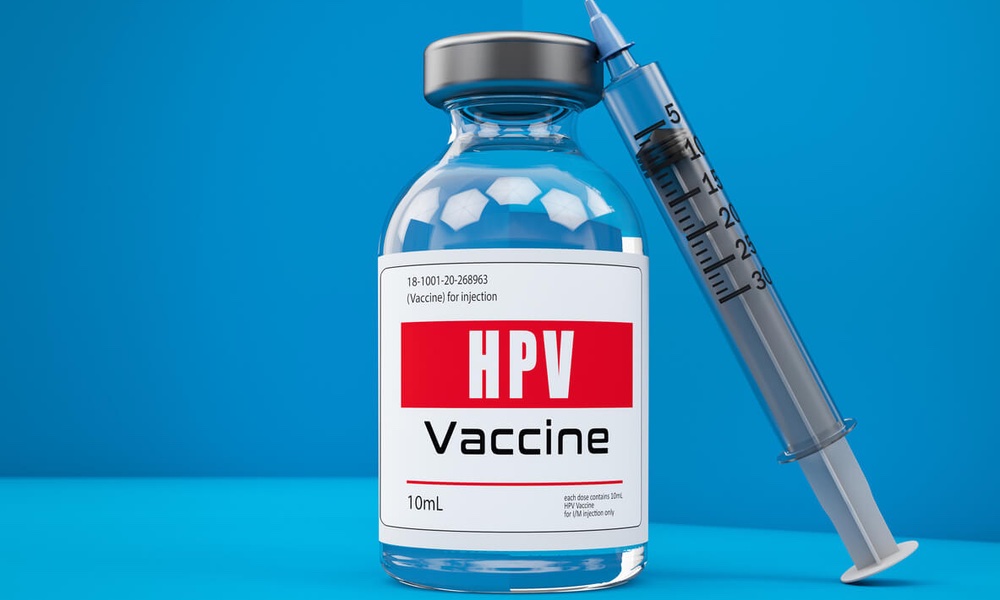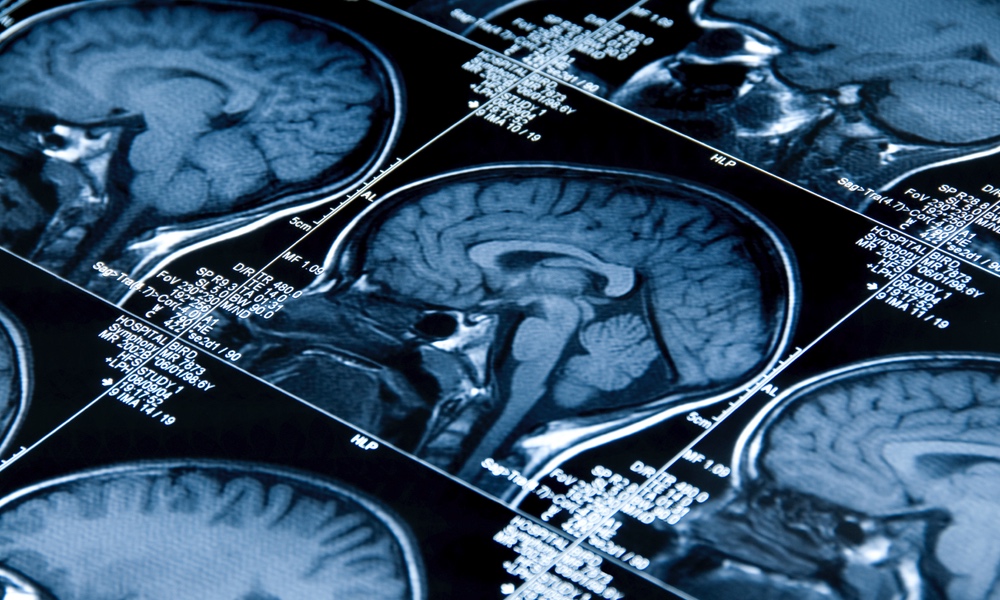For people diagnosed with celiac disease, adhering to a diet free of gluten, a protein found in wheat, barley, and rye, often proves to be a challenge. If celiac patients do not follow this diet, they run the risk of continued inflammation in the gastrointestinal tract. This can set the stage for other, even more serious, problems.
When a person is first diagnosed with celiac disease, an intestinal biopsy will show a flattening of the villi, fingerlike projections that absorb nutrients and fluid in the gastrointestinal (GI) tract. The symptoms of celiac disease, such as diarrhea, weight loss, and iron-deficiency anemia, are the result of this villous flattening.
Celiac patients with persistent villous atrophy, or flattening, seen on follow-up biopsy have a significantly increased risk of lymphoma compared to those whose intestinal villi have healed.
A follow-up biopsy is often done several months to years after diagnosis to monitor how the treatment and dietary changes are affecting intestinal healing. The failure of the villi to return to normal in response to a gluten-free diet is associated with an increased risk of a certain type of cancer, according to recent research.
“After the diagnosis is made and the patient starts a gluten-free diet, we expect to see recovery of the villi,” Peter Green, a co-author of the current study, said in press release. He elaborated that physicians and patients have always seen healing as a goal, but until now there was no confirmed link between healing on intestinal biopsy and lymphoma risk.
“We have known for many years that patients with celiac disease have an increased risk of lymphoma, but we did not know whether intestinal healing and its timing affect that risk,” said Lebwohl.
What this study shows that is new is that when celiac patients have persistent villous atrophy, or flattening in follow-up biopsies, there is a significantly increased risk of lymphoma compared to those whose intestinal villi have healed.
Why certain people heal and others do not is not completely understood, said Lebwohl, an assistant professor of medicine at Columbia University Medical Center in New York City and a gastroenterologist. However, he said, “We do know that healing tends to correlate with how strict one is about adhering to a gluten-free diet. People who, intentionally or unintentionally, are exposed to gluten have a much smaller likelihood of healing.”
The study is published online recently in the Annals of Internal Medicine.




